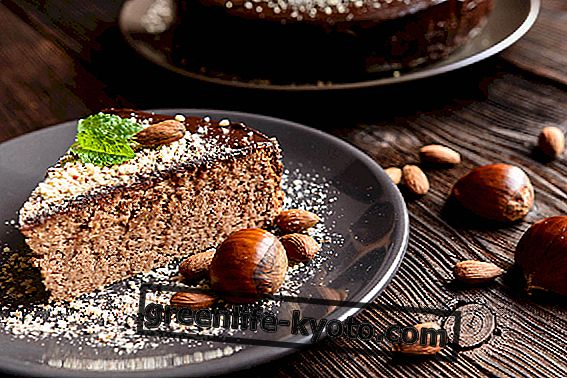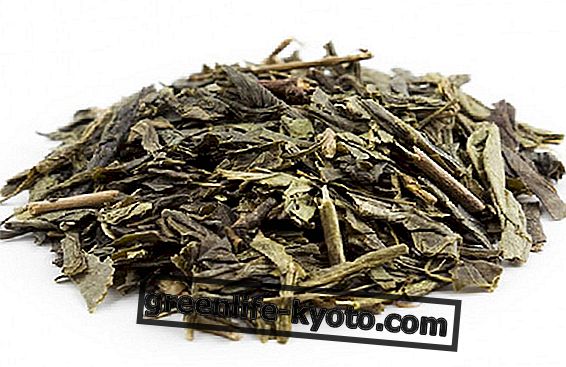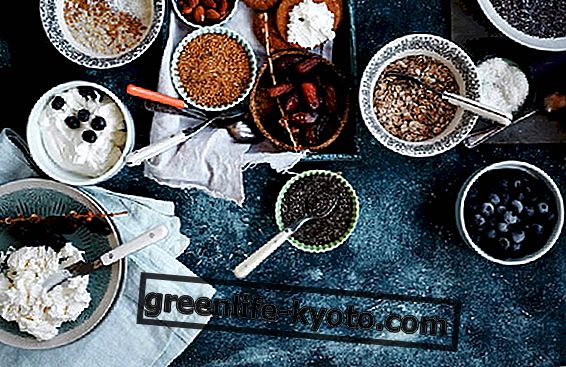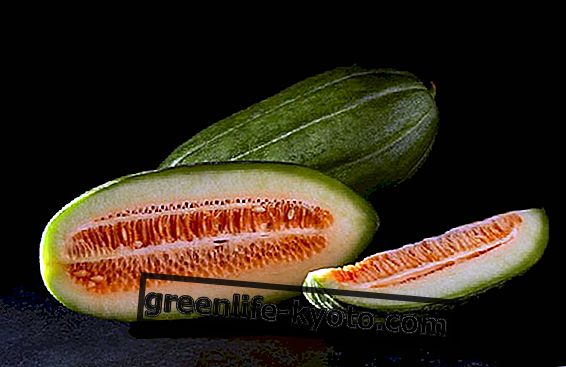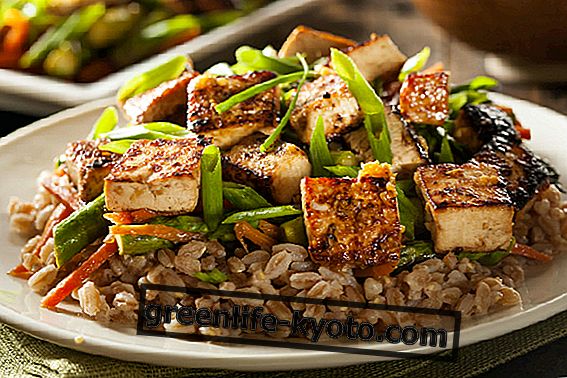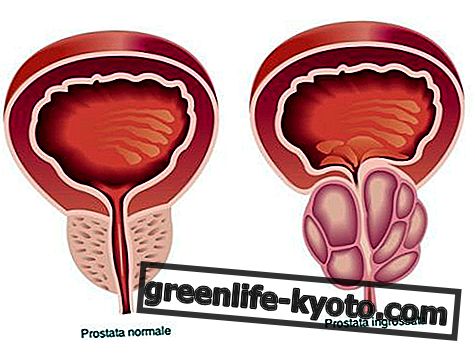Oilseeds, also known as dried fruits, are useful for cardiovascular diseases and diabetes due to their many properties. Let's find out better when and how to use them.
>
>
>
>
>
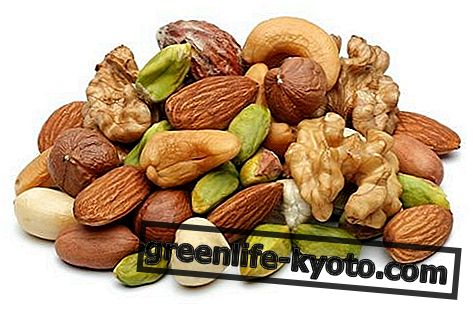
What are oil seeds
Oilseeds (or dried fruit) should not be confused with dried fruit. Specifically, we talk about two categories:
- dry shell fruit also called oily fruit (walnuts, hazelnuts, almonds, cashews, peanuts, etc.) because they are generally well supplied with oils, reserve energy for the future plant;
- dried pulpy fruit (plums, dates, apricots, figs, bananas, etc.) which instead undergoes various dehydration treatments, some of which are very ancient, such as natural drying in the sun, or in artificially heated rooms with hot air using driers and ovens.
Some fruits such as peanuts and pistachios are also commonly considered "dried fruit" which, although they do not fall into the category from the botanical point of view, are in fact characterized by an analogous nutrient content and a similar external appearance.
Properties of oil seeds
Useful supplements in the diet of vegetarians and sportsmen, these fruits provide our body with many beneficial properties, thanks also to the presence of proteins, vitamins, mineral salts, essential fats, fibers and sugars.
The fats they contain (unsaturated and polyunsaturated fats, in particular omega-3 and omega-6) are not only cholesterol- free but even able to reduce the amount of cholesterol in the body, protecting the arteries from atherosclerosis thanks to their ability to lower levels of "bad" cholesterol (LDL) and promote the increase of "good" cholesterol (HDL).
Considering the high intake of lipids, they provide a fair amount of protein, in fact, in every 100 g of oily fruit we find 31.9 g of protein in pine nuts, 29 g in peanuts, 22 g in almonds, 18.1 g in pistachios compared with 15-20 g of average protein content of meat and fish. They are therefore an excellent source of vegetable protein to be used as a possible alternative to meat or fish.
Furthermore, among the vitamins (in particular of group B and vitamin E) and the mineral salts (selenium, potassium, zinc, magnesium, manganese and copper) contained in dried fruit, there are many antioxidant substances capable of fighting free radicals. Calcium is present in particular in almonds, phosphorus in pistachios and pine nuts, iron in peanuts and hazelnuts.
Another advantage is the good amount of fiber present in these foods (eg almonds 14 g per 100 g), which improves the function of the intestine by promoting peristalsis and intestinal transit and makes these oily seeds easily digestible: those who suffer from constipation should complement the breakfast with some walnut or almond. A habit also useful for improving the response to insulin in diabetics.
As a mid-morning snack, brought to school or work, dried fruit is ideal for everyone, since it is a concentrate of psychophysical energy (on average 600 kcal per 100 g of food) but above all a study has shown the positive influence of fats essential, of which dried fruit is particularly rich, on the capacity for learning and attention. Already the ancients, who studied colors and forms of vegetables to identify their properties, had noticed the similarity between the kernel of the walnut and the shape of the human brain: therefore they recommended this fruit to improve intellectual faculties.
With this mix of beneficial properties we can therefore consider dried fruit one of the main Functional food or "functional food" that must never be missing on our tables.
You can learn more about all the causes and natural remedies for treating diabetes

Allies of
Dried fruit was the first food to receive the " healthy heart " claim from the US Food and Drug Administration . In a recent study, conducted on 6309 diabetic women at high risk of heart attack and with a 22-year follow-up, it was evident that regular consumption of dried fruit reduced the incidence of heart attacks by up to 44% in regular, everyday consumers of dried fruit.
A reduction in cardiovascular pathologies, mainly due to its anti-arteriosclerotic action, is attributable to the high intake provided by omega-3 fats (they contain a greater quantity than salmon) and antioxidants such as polyphenols (they contain a greater quantity than it). with red wine).
According to the British Journal of Nutrition four handfuls of walnuts, almonds or peanuts a week reduce the risk of cholesterol-related heart disease by 37% because they raise HDL levels and reduce those of LDL.
The high fat content of dried fruit has long held that its use led to an increase in weight but this has never been observed experimentally. The introduction of dried fruit, in all studies, has not only never been associated with an increase in weight but, if anything, a small decrease, sometimes statistically significant in others, not.
The reason is not yet clear but some authors have observed a strong increase in satiety, a certain increase in basal metabolism and a certain inability of the organism to fully utilize the calories of this food. For this reason the use of dried fruit has become a recommended practice even in people with obesity problems .
How to preserve oil seeds
Usually, the seeds that form the dried fruit already reach the optimal level of humidity and maturation on the plant.
It is important to remember that dried fruit, although preserving itself for a long time, requires special care in preservation due to the fats present which tend to go rancid under the action of heat and light (also losing the crunchiness).
For this reason it would be appropriate:
- buy the oily shelled fruit vacuum- packed and, if it is not, with the packages well closed;
- dry them slightly in the oven to ensure better preservation;
- do not keep them in the kitchen cupboard but always in a closed container in the refrigerator (especially for walnuts).
It should be remembered that walnuts, almonds and the like should never have a bitter taste (a sign of the rancidity of fats that in this way also become harmful) but a rather sweet aftertaste.
Curiosity
Certainly the many calories present in these inviting foods cannot be denied and the paradox is that, despite being available on the market all year round, by tradition we consume dried fruit almost exclusively during the Christmas holidays, a period in which it is known. used to make a "full" of foods rich in calories and, what is worse, at the end of "rich" dishes with the risk of burdening digestion too.
Oilseeds are therefore to be considered not only a treat to munch on at Christmas time but a real mine of nutritional properties to be used all year round .




